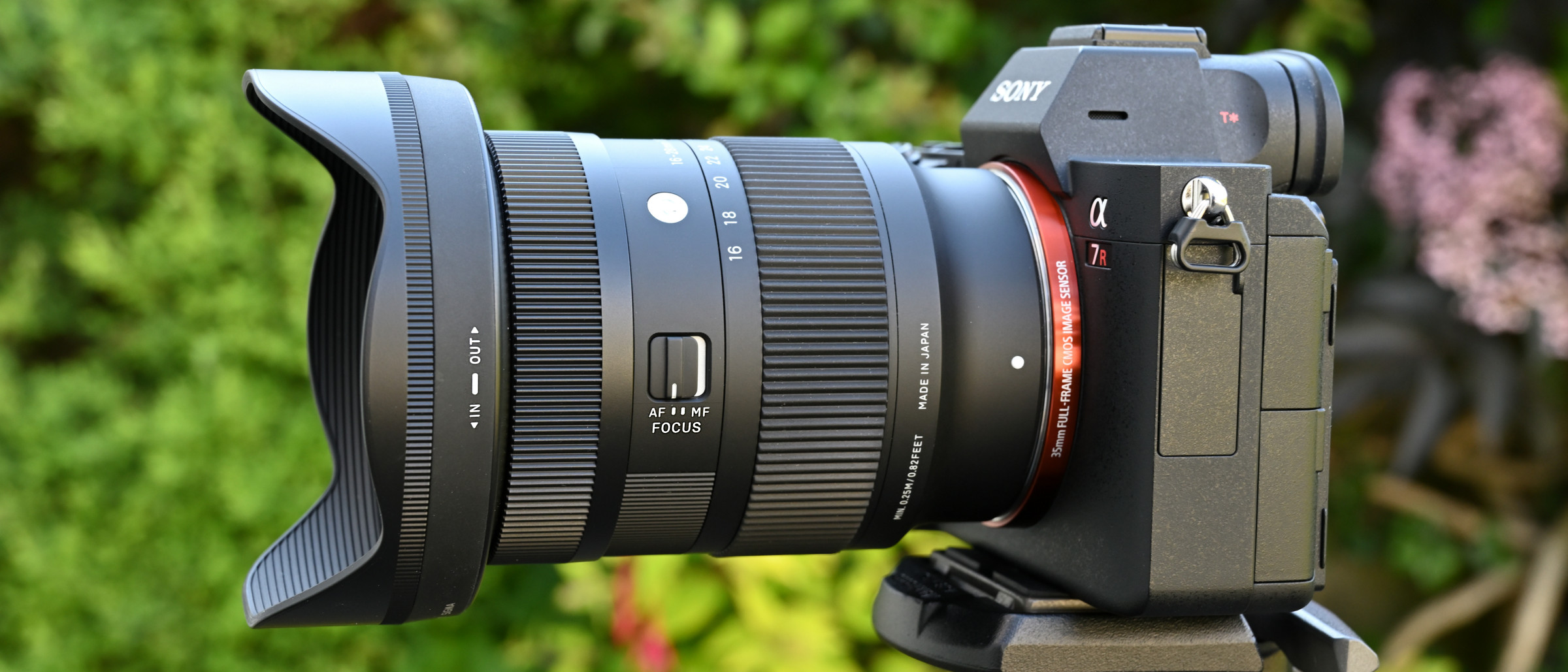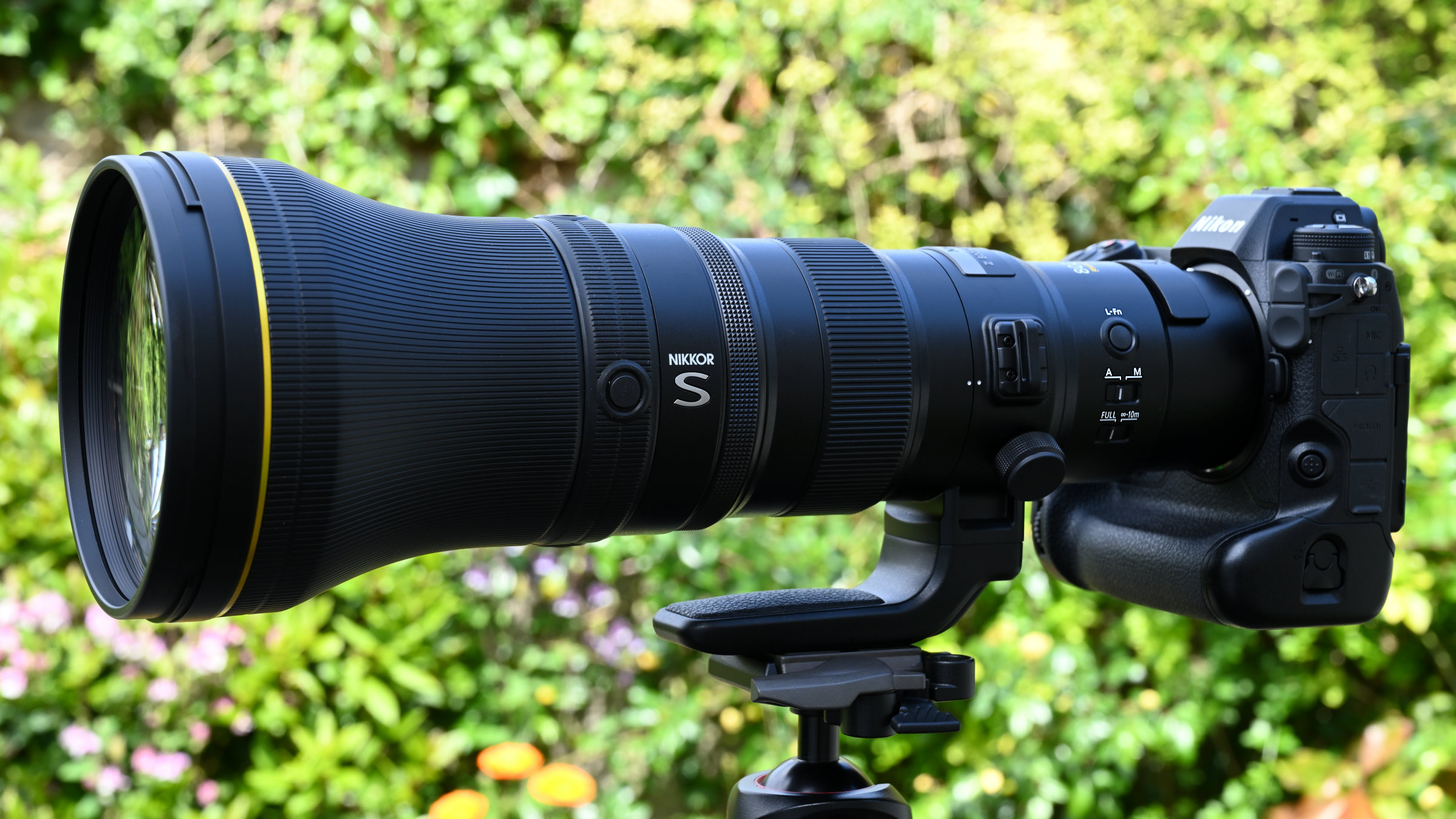12 lenses of Christmas: Sigma's fast new wide-angle zoom comes out in June 2022
The new Sigma 16-28mm f/2.8 was ideal for capturing sunny landscape vistas. Bring on the summer!

Surprisingly compact and lightweight for a fast, full-frame compatible wide-angle zoom, the Sigma 16-28 f/2.8 DG DN |C became the latest in the company’s ‘Contemporary’ line-up of lenses, available in Sony E and Leica L mount options. The zoom range makes it ideal for landscape photography, while the fast f/2.8 constant aperture makes it similarly suitable for architectural interiors and even astrophotography.
Big news from Nikon was the impending release of the Z 400mm f/4.5 VR S. Much smaller, lighter and affordable than the Z 400mm f/2.8 lens that features a built-in teleconverter, this was the launch of a more ‘everyman’ lens. It still features up-market attractions and pro-grade build quality, and is also compatible with separate Nikon Z 1.4x and 2.0x teleconverters, for venturing further into super-tele territory.
Taking an entirely different angle on photography, Venus Optics launched the Laowa 24mm T14 2x PeriProbe. It’s literally a macro probe lens that can shoot around corners, at 90 degrees to the host camera body. It also gives up to 2x macro magnification, reproducing small objects at twice life-size on the image sensor.
See other installments in our 12 lenses of Christmas series
Fujifilm released a new roadmap of upcoming XF lenses, signalling its intention to grow the range to 42 lenses in total. The closest three along the route would be the XF56mm F1.2, XF8mm F3.5 and XF30mm F2.8 Macro, covering the bases for portraiture, landscape photography and standard/macro shooting. Other news for Fujifilm shooters was that the impressive Tamron 17-70mm F/2.8 Di III-A VC RXD for cameras would also be released in Fujifilm X-mount, delivering a useful effective zoom range of about 26-105mm.

Following on from our review of the Nikon Z 400mm f/2.8 TC VR S in May, we tested the Nikon Z 800mm f/6.3 VR S in June, and were highly delighted by its image quality and all-round performance, as well as the relatively lightweight construction, utilizing a Phase Fresnel element. The combination of the 2,385g weight and highly effective Vibration Reduction makes this an 800mm super-tele that works really well for handheld shooting, rather than having to rely on a monopod or tripod.

Going from super-telephoto to wide-angle, the next lens on our June review list was the Viltrox AF 13mm F1.4, which is available in Fujifilm X, Nikon Z and Sony E mount options. As an APS-C format lens, it gives an ‘effective’ focal length of 20mm, combining a wide viewing angle of 94.1 degrees with a fast f/1.4 aperture, making it ideal for landscapes, architecture and astrophotography.
Next up were a pair of new Sony wide-angle lenses, also for APS-C format cameras. These included the Sony E PZ 10-20mm F4 G with its video-friendly power zoom facility, and the Sony E 15mm F1.4 G, a fast prime with an effective focal length of 22.5mm. Both got entirely favorable reviews, the latter earning a top-notch 5-star rating.

Back to basics
• What are the best camera lenses to buy?
The best camera deals, reviews, product advice, and unmissable photography news, direct to your inbox!
Lenses for photography genres
• Best lenses for astrophotography
• Best lenses for bird photography
• Best lenses for landscape
Lenses for your camera
• Best Canon lenses
• Best Fujifilm lenses
• Best Nikon lenses
• Best Olympus lenses
• Best Panasonic lenses
• Best Pentax lenses
• Best Sony lenses
Matthew Richards is a photographer and journalist who has spent years using and reviewing all manner of photo gear. He is Digital Camera World's principal lens reviewer – and has tested more primes and zooms than most people have had hot dinners!
His expertise with equipment doesn’t end there, though. He is also an encyclopedia when it comes to all manner of cameras, camera holsters and bags, flashguns, tripods and heads, printers, papers and inks, and just about anything imaging-related.
In an earlier life he was a broadcast engineer at the BBC, as well as a former editor of PC Guide.



